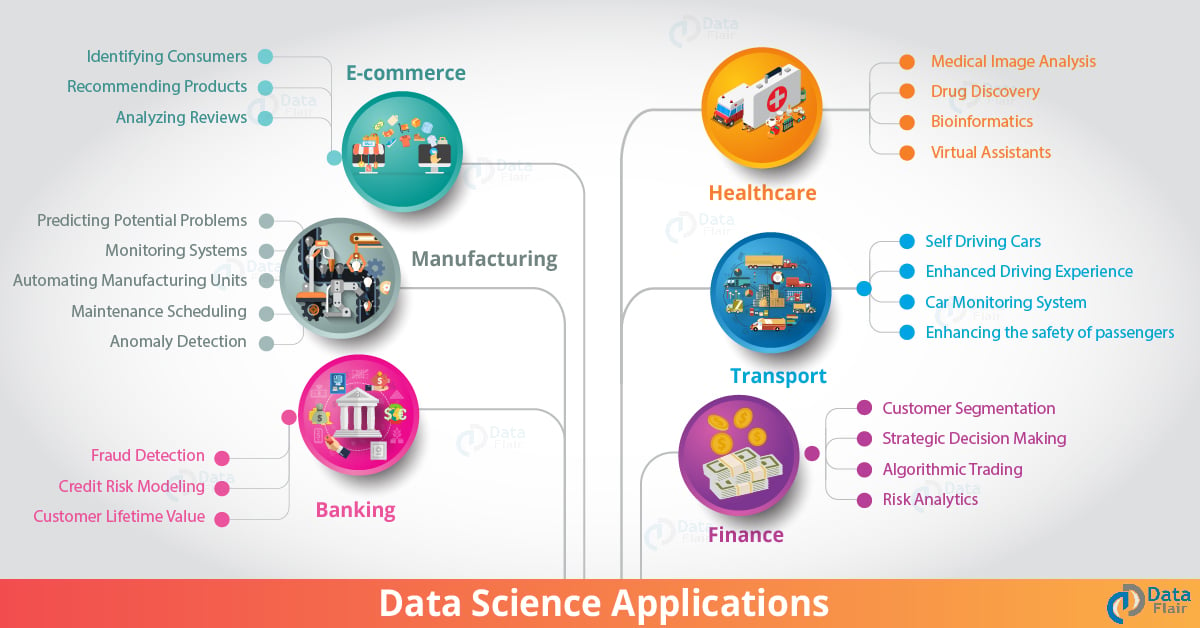

While the pandemic has revealed numerous fault lines in urban mobility, it has also offered us an opportunity to reshape our transit systems, eliminate points of friction and make public mobility services highly people-focused.Ĭritical focus areas for architecting effective smart transportation solutions in the future:

These factors combined with the heightened need for fortifying public safety measures will further accelerate the development of intelligent transportation ecosystems. Globally, Grand View Research has predicted that the growth in the intelligent transportation systems market will register a compound annual growth rate (CAGR) of 5.8% from 2020 to 2027. Critical factors such as the growing need for constant connectivity, a rise in traffic fatalities, changing consumer preferences, environmental factors, and urbanization were already driving the development of smart transportation projects across the world. Even before the pandemic struck a blow at public health and safety, architecting intelligent transportation systems was a top priority for governments across the world for different reasons. Since public transportation systems are highly vulnerable to disease outbreaks, adopting digital technologies such as artificial intelligence (AI) and the Internet of Things (IoT) can play a key role in balancing operations with public safety measures for monitoring spread and taking corrective action at points of critical impact. In the post-pandemic world, the newly developed need to minimize the risk of infection in public spaces will increase the demand for smart transportation systems. With COVID 19 forcing a change in the way we interact with each other, public transportation has been drastically affected.

Think about the Metro in France, the Underground in London and, of course, the Subway in New York. Public transportation is the central nervous system of every major city’s public life.


 0 kommentar(er)
0 kommentar(er)
